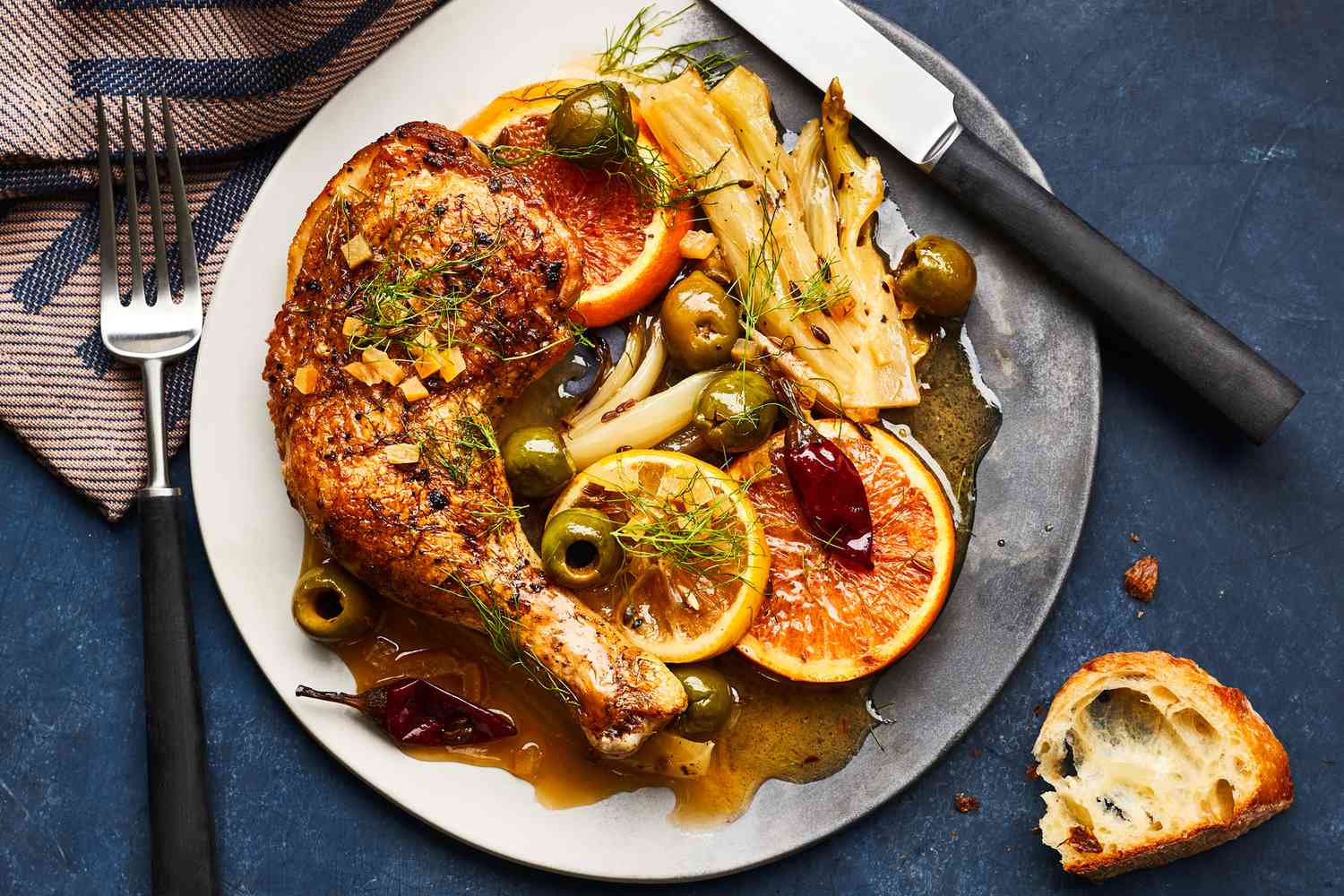When I first taught myself to make gratin dauphinois I tried different approaches – there is more than one way to do it – until it was perfect. Mine uses both double and sour cream (I like the tang of sour cream in it), and its success depends on the quantities of both potatoes and cream and the size of your dish.
Too much cream and it will end up in pools on the top, too little and your dauphinois will be dry. I also start cooking the potatoes and cream together on the hob before I transfer them to the gratin dish. This means the mixture is hot when it goes into the oven and the potatoes have already started to soften.
The creamy gratin can be spun into many different dishes: white winter vegetables with a layer of wild mushrooms (use celeriac and parsnips as well as potatoes); potatoes layered with leeks and bacon lardons; and – remember this for Christmas – white vegetables with soaked and drained dried cranberries and chopped chestnuts.
The gratin doesn’t need to begin and end with potatoes. With other versions – gratins of baked pumpkin and tomatoes, or tinned flageolet beans and leeks – I judge the amount of cream I need by eye. Anything with tomatoes will emit liquid so you have to take that into account, but you don’t need to be quite as exacting as you are with layers of root vegetables.
I’ve had to slightly rethink the word ‘comfort’, though. Perhaps it’s because I was brought up in an era when creamy, buttery mash was the very definition of cosy. If you’re from Northern Ireland, as I am, you’ll know about champ, a dish of potatoes mashed with milk – in which chopped spring onions have been cooked – and copious amounts of butter.
This is eaten on its own, there are no healthy greens on the side, and it is a dish my children just don’t get. They’re the same, sadly, about gratin dauphinois. They don’t get cream.
They whine, ‘Oh Mum, so much cream,’ as I dig a serving spoon into its tender layers. They don’t even get potatoes. As I split my baked potato open, they’ll be cooking bulgar wheat and slicing roasted peppers. I suppose they’ve been brought up with Mediterranean vegetables and olive oil, even though we live in England.
Pies are one of the few old-fashioned cosy foods I can get past them, the only dish, other than lasagne, in which they think a flour-thickened sauce is acceptable. Otherwise, for them, cosiness is delivered in pasta and baked rice dishes and even sloppy bowlfuls of polenta. You wouldn’t think their mother was Irish; you might conclude, just on what they eat, that they’d been brought up by an Italian who had spent a lengthy sojourn in the Middle East.
They like assertive flavours, the heat of chilli and cayenne, salty feta cheese, the earthy, sweaty whiff of cumin, and the pulses – lentils and chickpeas – that Mediterranean cooking has made popular. I have come to love polenta too. It provides a medium-weight blanket on which other, stronger flavours can play. Baked rice dishes have been on the go since I worked out that 200g rice and 650ml stock cook to perfection in 40 minutes in a 30cm pan.
My idea of cosy food is expanding and the dishes I’m sharing here prove it. I’m not giving up the creamy gratins, though.

